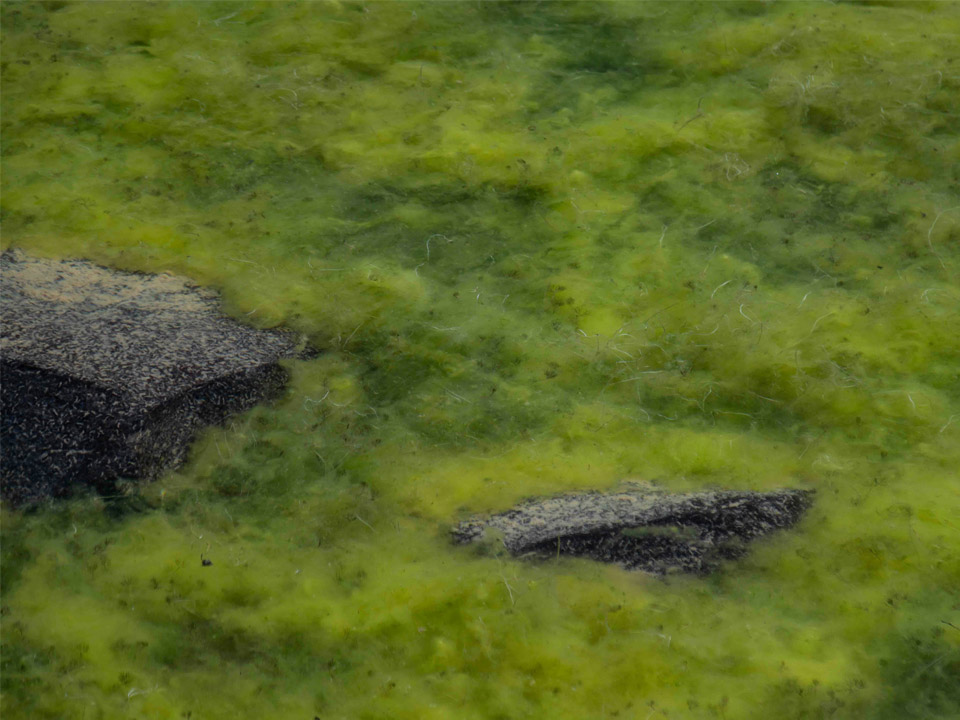Algae and phytoplankton are often overlooked heroes in marine biology, playing crucial roles in the health and stability of ocean ecosystems. From providing the foundation of the marine food web to contributing to the global carbon cycle, these tiny organisms have an outsized impact on our planet. Let’s explore why algae and phytoplankton are so important and how they shape the world beneath the waves.
The powerhouses of primary production
Algae and phytoplankton are the primary producers in marine environments, meaning they convert sunlight into energy through photosynthesis. This process forms the basis of the marine food web, supporting everything from microscopic zooplankton to the largest whales. Without these primary producers, the entire marine ecosystem would collapse.
Oxygen production: The breath of life
Phytoplankton, like their terrestrial counterparts, play a vital role in producing oxygen. In fact, it’s estimated that phytoplankton are responsible for producing about 50% of the world’s oxygen. Every second breath you take is courtesy of these tiny marine organisms. Their role in oxygen production underscores the interconnectedness of marine and terrestrial life and highlights the importance of preserving healthy ocean ecosystems.
Carbon cycling and climate regulation
Algae and phytoplankton are integral to the global carbon cycle. Through photosynthesis, they absorb carbon dioxide from the atmosphere, helping to mitigate the effects of climate change. When phytoplankton die, they sink to the ocean floor, sequestering carbon for long periods. This process, known as the biological pump, is crucial for regulating atmospheric CO2 levels and maintaining climate stability.
Supporting marine life and biodiversity
The presence of algae and phytoplankton supports a diverse array of marine life. They provide essential nutrients for a variety of marine organisms, from small invertebrates to large fish species. For marine biologists, understanding the distribution and health of these primary producers is key to studying the broader marine ecosystem. Changes in phytoplankton populations can indicate shifts in ocean health, such as nutrient levels, temperature changes, and the impacts of pollution.
Indicators of environmental health
Phytoplankton are excellent indicators of environmental changes and water quality. Marine biologists often monitor phytoplankton communities to assess the health of marine ecosystems. For example, an increase in certain types of algae can signal nutrient pollution, leading to harmful algal blooms that deplete oxygen and harm marine life. By studying these patterns, scientists can develop strategies to protect and manage ocean resources more effectively.
Research and Innovation
The study of algae and phytoplankton also drives innovation in various fields. From developing sustainable biofuels to creating new food sources and pharmaceuticals, these organisms offer vast potential. Marine biologists are at the forefront of this research, exploring ways to harness the benefits of algae and phytoplankton while ensuring the sustainability of marine ecosystems.
Conclusion
Algae and phytoplankton may be small, but their impact on marine biology and the global environment is immense. They are the foundation of the marine food web, crucial for oxygen production, carbon cycling, and supporting marine biodiversity. For marine biologists, these tiny organisms are key to understanding and preserving the health of our oceans.
As we continue to face global environmental challenges, the role of algae and phytoplankton will only become more important. By studying and protecting these vital organisms, we can work towards a sustainable future for our oceans and our planet.



